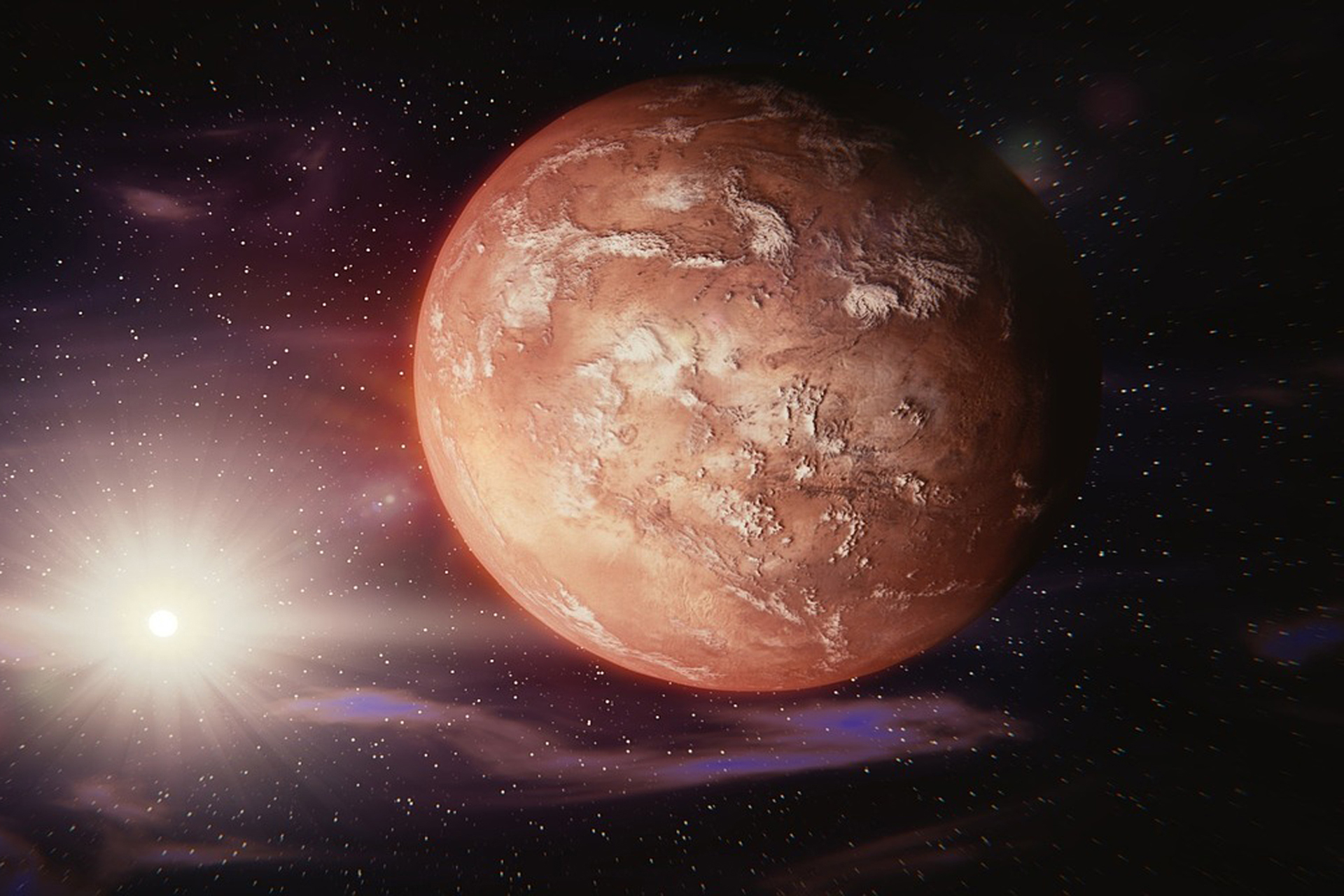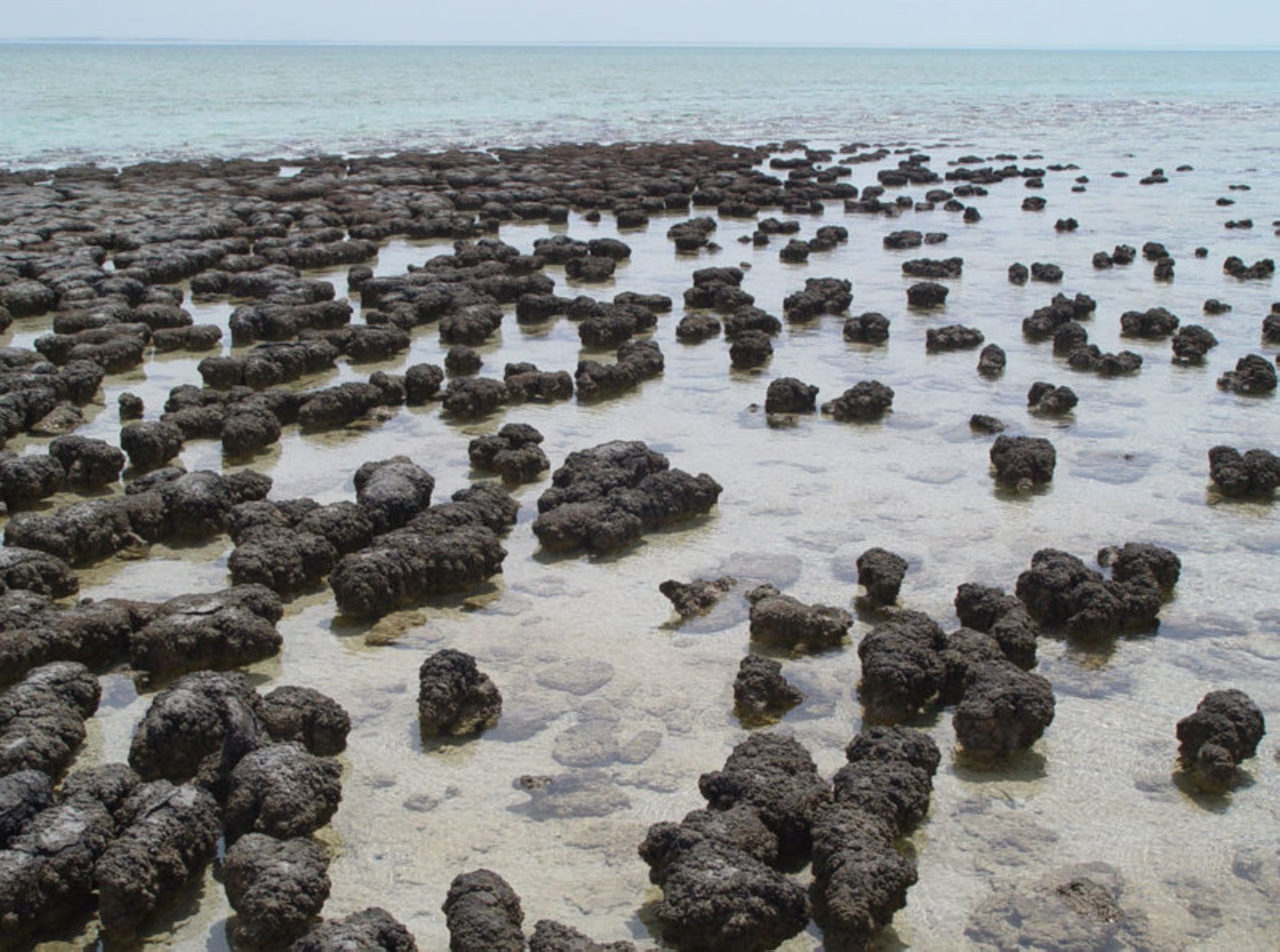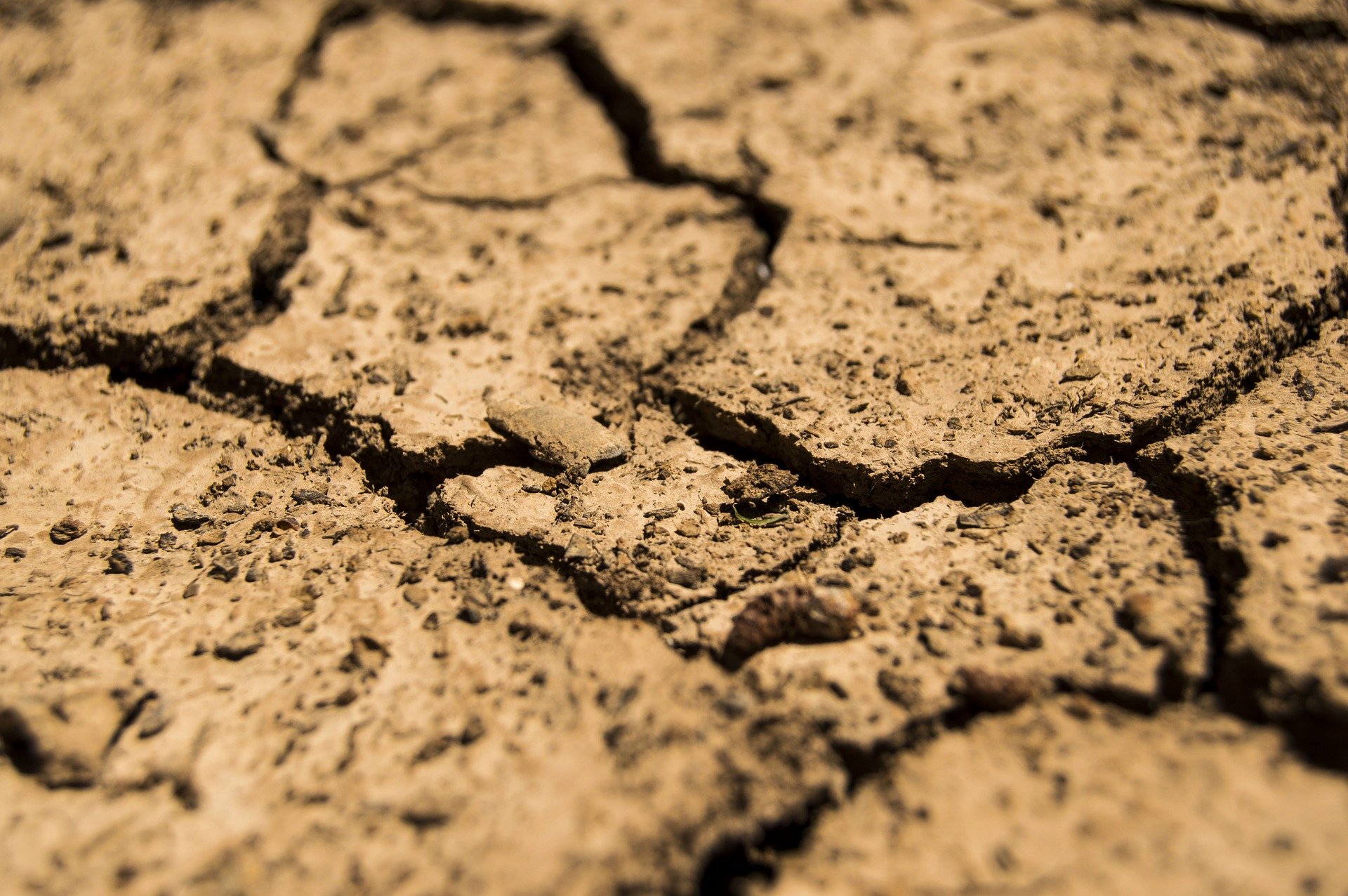Mars Part 2/4 - A fantasized prediction.
Everyone is eagerly awaiting when Perseverance will come up with proofs of past life on Mars. Allow me to anticipate it for a moment.
In a first part I will explain how one got to the evidence of ancient life on Mars. Then I’ll go into what evidence exactly that is. And then I tell you that it will stick to that evidence, in other words one will never, for example, find a skeleton of a mammoth on Mars.
How did we get that evidence?
Since February 2021, there is a new Mars robot action on that planet. This one bears the name Perseverance, which means the holder or the tenacious. It’s a big robot, 1 ton heavy and the size of a vehicle. It is also much more powerful than its predecessors the Spirit, Opportunity of Curiosity. They could barely travel 200 m in one day, he can rather travel 2 km per day. He does that on those distinctive 6 wheels that hopefully evoke the right image.
NASA dropped it on a flat piece of terrain about 45 km by 50 km. Actually a circular area with hills and mountains on the edge. From the height, it’s just clear that it’s an impact crater. It is estimated at 3.5 billion years old. It is quite common that Mars was frequently affected by meteorite impacts at the time. The crater is not particularly large, there are still so and some are much larger. The name of the crater is Jazero or Jazera, depending on the language.
Why was this crater chosen? However, it is believed that it was once full of water. On the one hand there are deep gullies in the hills. These are parched riverbeds that once supplied the water. The crater is full and a large lake is created, rather shallow, say a few tens of meters. And on the other hand, deep gullies can once again be seen, including dried-out riverbeds that drain the water to the lower reaches of the planet.
It is estimated that water has been present for about one billion years. Two billion years ago, it disappeared quite suddenly, dried up, evaporated. So the crater has been dry all along, all that has been added is dust and sand (on Mars there are heavy dust storms covering everything, something that the former Mars robots have fallen under). It is estimated that sand layer on about 20 cm to 30 cm. So it is certainly not in this layer that one should look for life because that dust and sand have never been in contact with water.
What should be done now. The robot can take a soil sample with one arm. The first 20 cm to 30 cm should be ignored. The target is a sample of that lake’s original bottom, the slip that has actually been in contact with water. But the rover is equipped with a drill that can take soil samples to a depth of 80 cm.
That ground steel is then examined on the spot in the supplied laboratory. One can beam, heat and expose the steel to solvents and the results are transmitted to the earth.
So that’s how they got that evidence of early life on Mars. I’ll add:
- To take 1 sample is about 1 week. Travel a distance, position the robot, complete the steel name, investigate, forward and complete.
- There have already been 12 decreases. Of these, 2 failed because the drill could not enter the ground as there happened to be a rock in the road. The drill was having difficulty getting into the rock bottom and they didn’t want to force anything and they didn’t want to damage anything.
- There are 10 lucky attempts left and of those 10, 9 are positive. This means that traces of past life have already been found in 9 places. So we can speak of an overwhelming success.
- So the mission is successful and voices go on to send the robot to another place to do its job again. Here there is a problem, the robot can not possibly drive out of the crater on its own, think of that mountainous rim. So he’s doomed to stay there for the time being.
- I can already predict that he will also find traces of life in other places in that crater. And that’s what we’re going to have to do.
- In total, the robot is equipped with raw materials to make 50 steel purchases. This corresponds to one year. The lifespan of the robot is calculated at 2 years, of course one secretly hopes for a longer life course but that is difficult to predict (even though its predecessors have already proven that).
We persevere from NASA on YouTube.
What evidence have now been found?
There are two groups of chemical molecules:
- Amino acids have been found. Some molecules are intact and are immediately recognized, others are fragmentary and can probably be named. We know about 20 amino acids on Earth, but 11 have already been found on Mars. So looking further into that crater certainly pays off. And then there’s this: amino acids are indispensable for life as we know it on earth. With amino acids, all the proteins that shape life in us can be made.
- Nucleotides have been found, also partly intact and partly fragmentary. These nucleotides form the basis of the nuclear acid DNA and RNA. These macromolecules contain all the information about life, they control all life processes and can simply reproduce (and thus pass on the stored information to posterity).
So these are the evidence we can’t look beyond.
Does this evidence stick to this or can we hope for more?
It looks like it’s going to stay here. I remind you that one will never find a skeleton of a mammoth. Earth and Mars have taken a similar course. They originated together, in a few years it does not sting. But there are two obvious differences:
- Mars was much further from our sun. In a much colder place in our solar system, that’s why Mars has cooled faster than Earth. Faster cooling means that the volcanic activity of this planet is coming to an end. Volcanism leads to eruptions and emissions of gases that formed the first atmosphere on Mars, an atmosphere with the necessary ingredients for the emergence of life. As long as there is a liquid hot core that continues to be volcanism, the pressure must be able to be off the boiler. But that liquid core is gone (or at least as good as). With that disappearance, the magnetic field was also lost and with it the protection against the harmful eruptions of our sun. On Mars this state is already a fact, on Earth we have already gone the same way but it is not yet that far for us.
- Mars is smaller than our Earth. The diameter is about half the size of Earth, which means that the volume of Mars is about one-tenth that of Earth. The total area is about the same as the total land area with us. This smaller volume leads to a faster cooling and thus the problems involved. So everything went well in that billion years when liquid water was present. Life began to develop as it did with us, probably the most normal thing in the immeasurable universe. But this development came to an abrupt end when the cooling was already too far advanced. Suddenly the water and the atmosphere was gone. Life on Mars has not progressed beyond the single-celled stage. We were able to build on that, and on Mars that was not the case. Can we find that single-celled stage on Mars? It seems that this is almost impossible, cells arise and decay and leave no traces (let alone ripping) behind.
I hope to have explained enough that we should not expect a fairy tale.






Comments